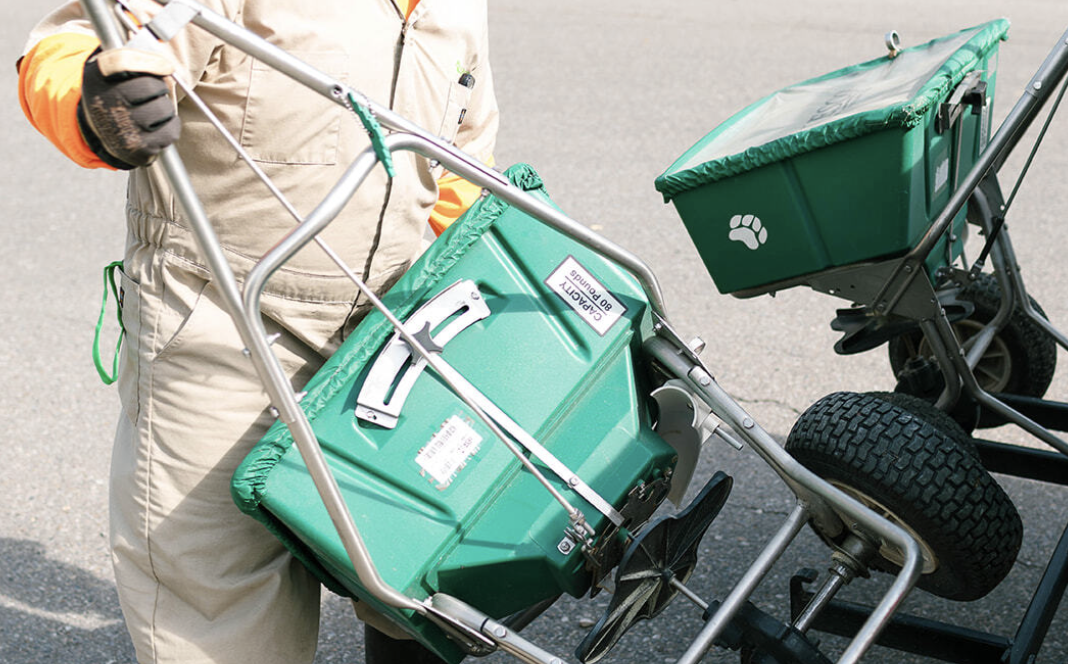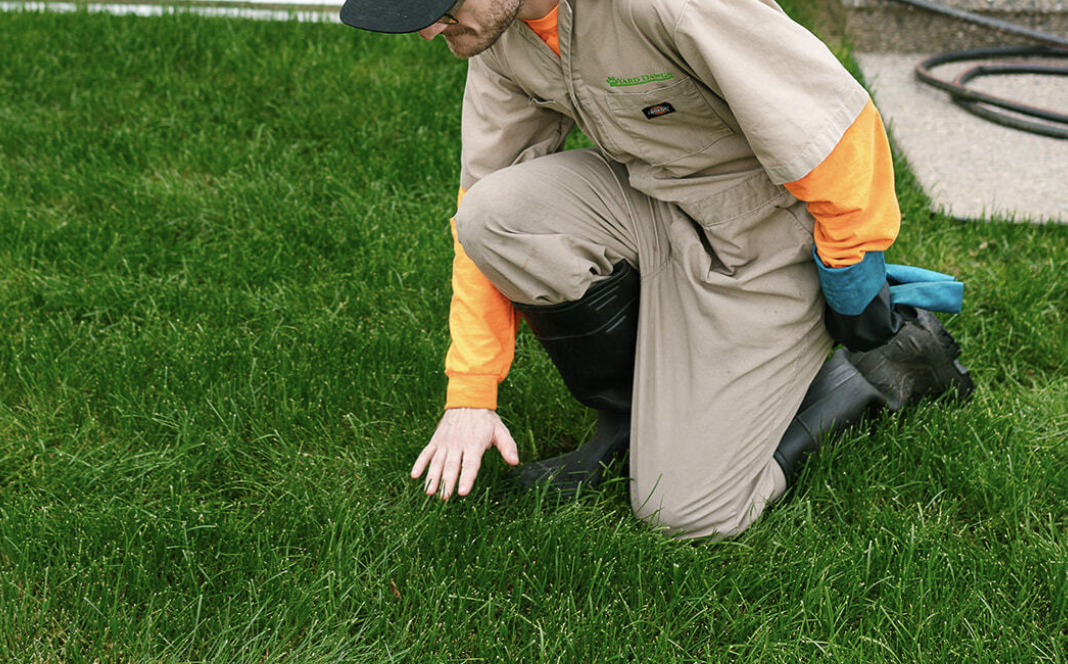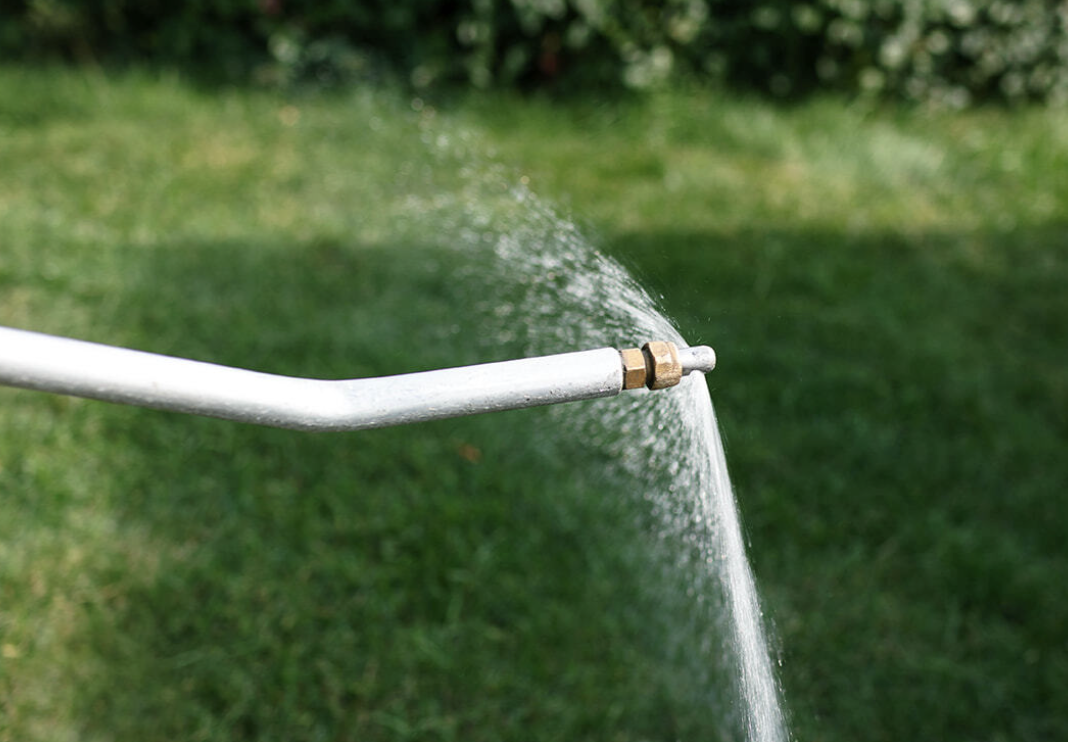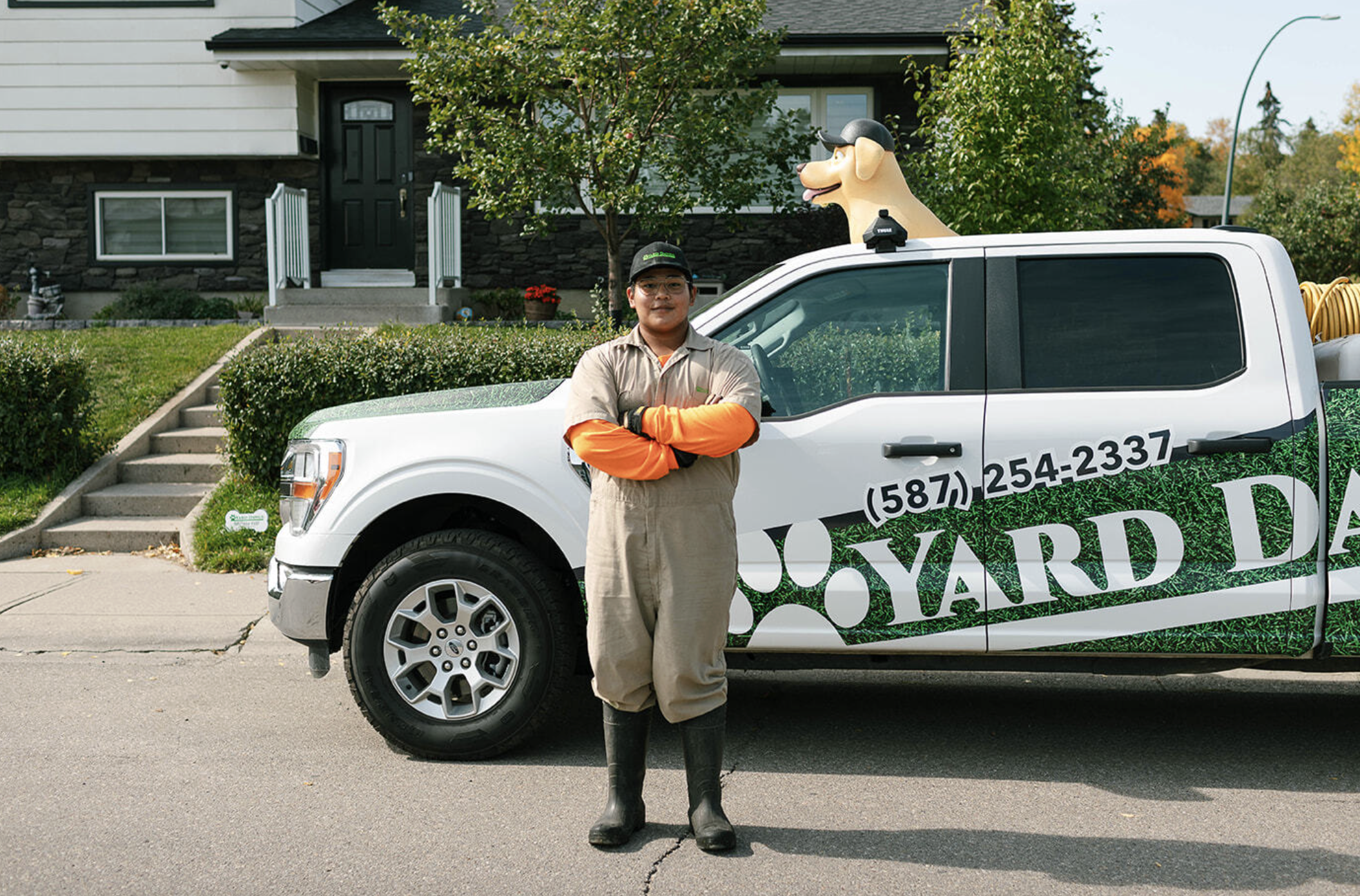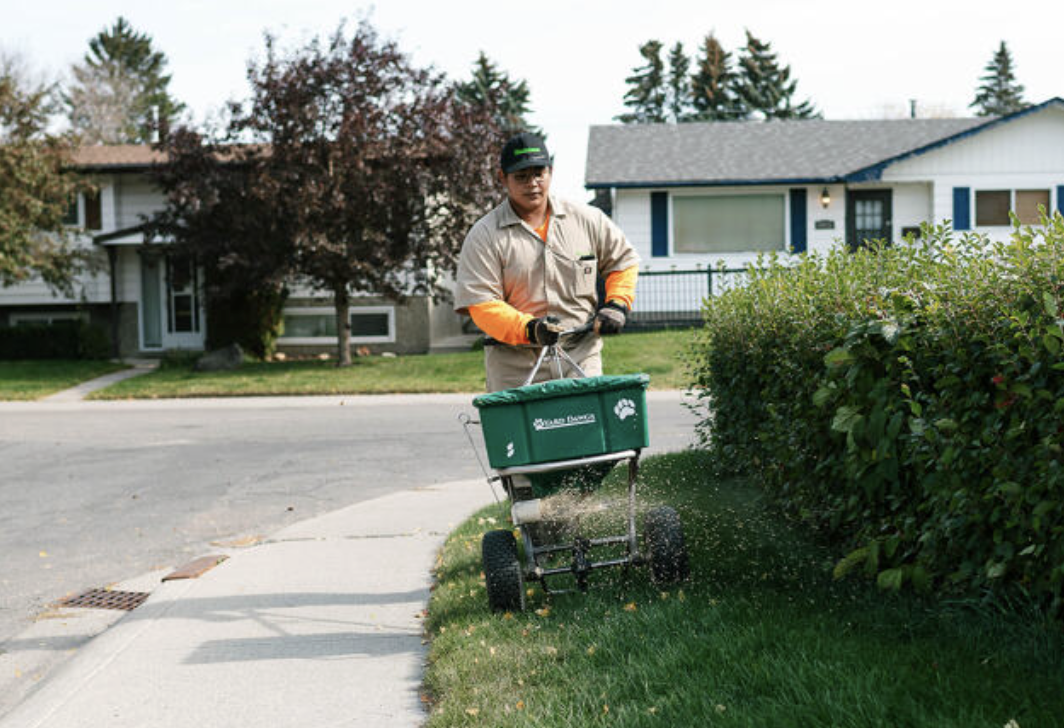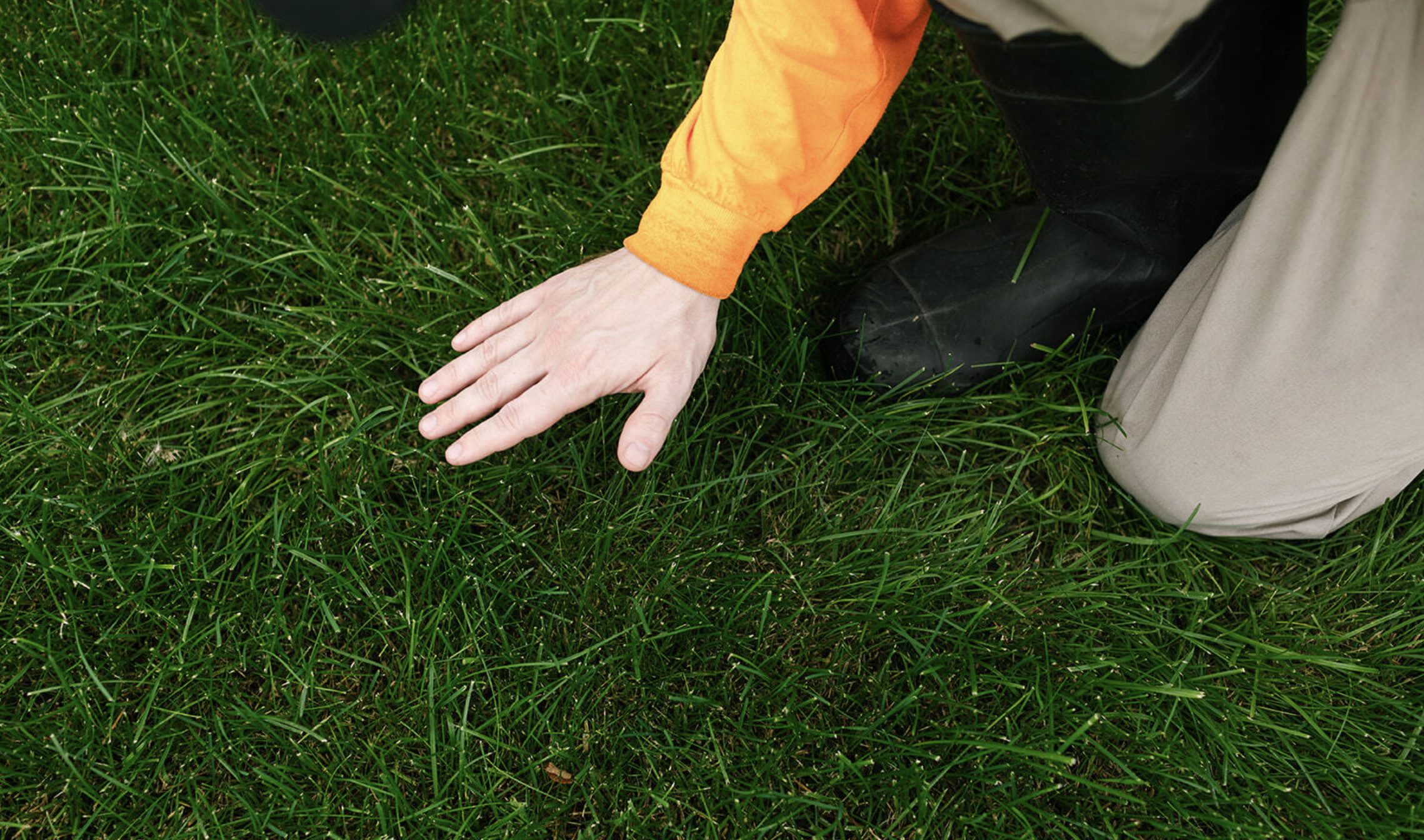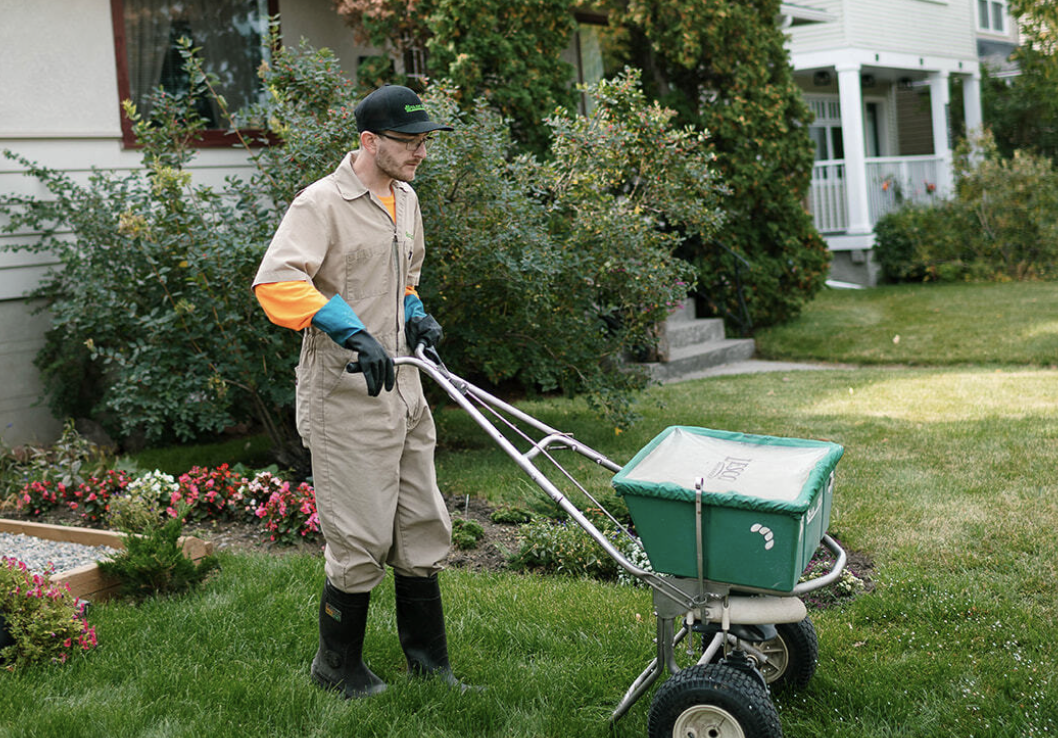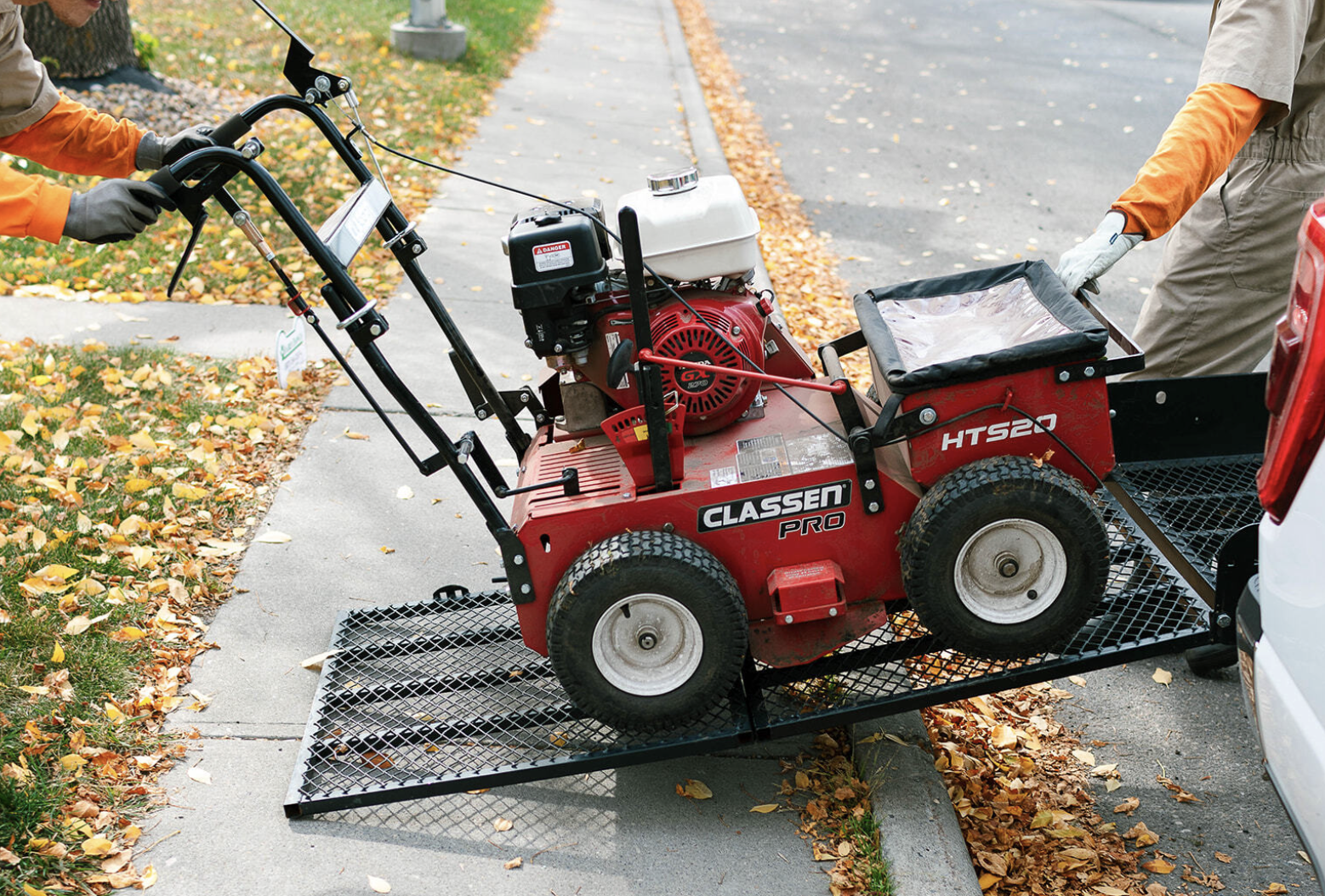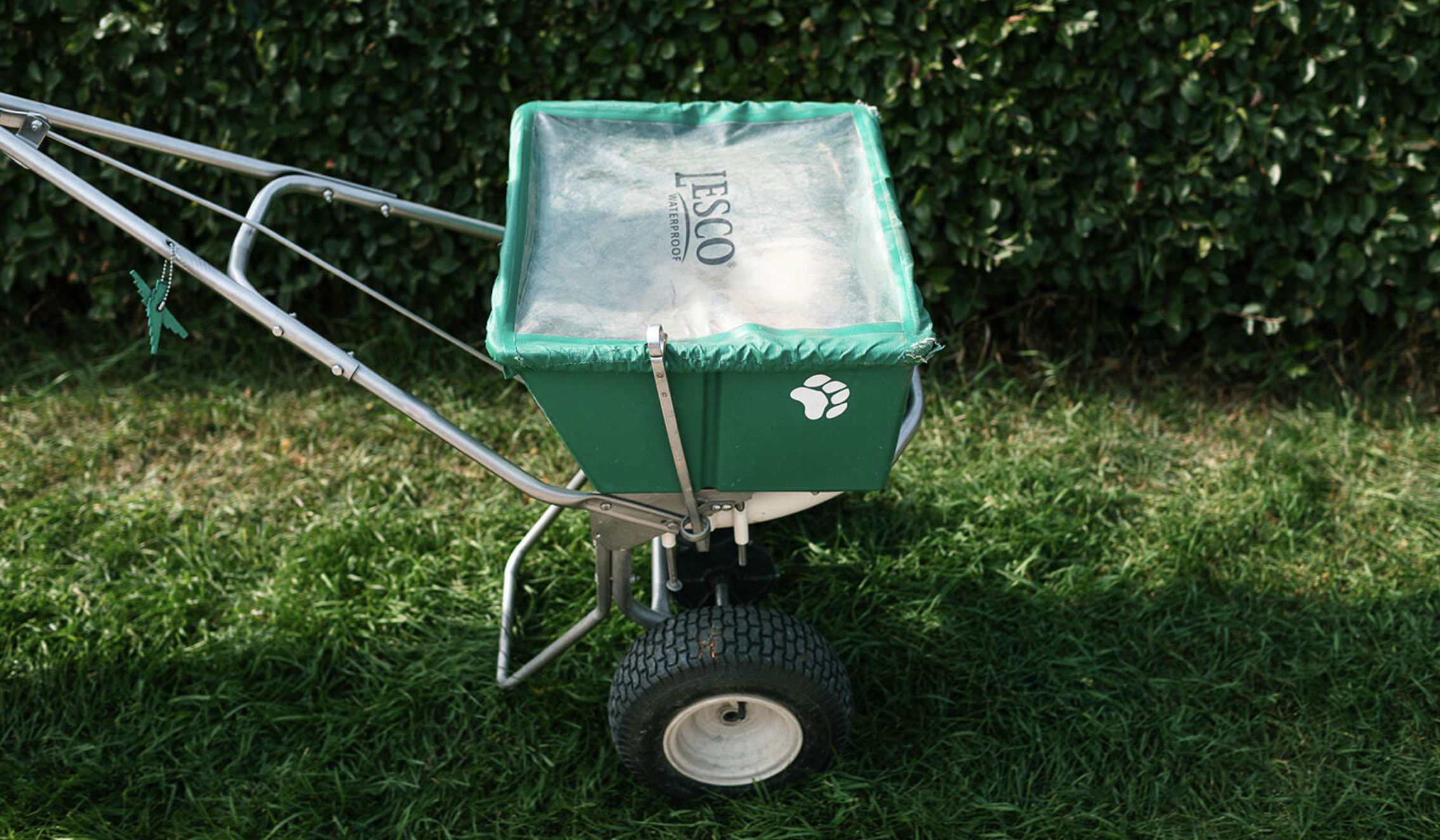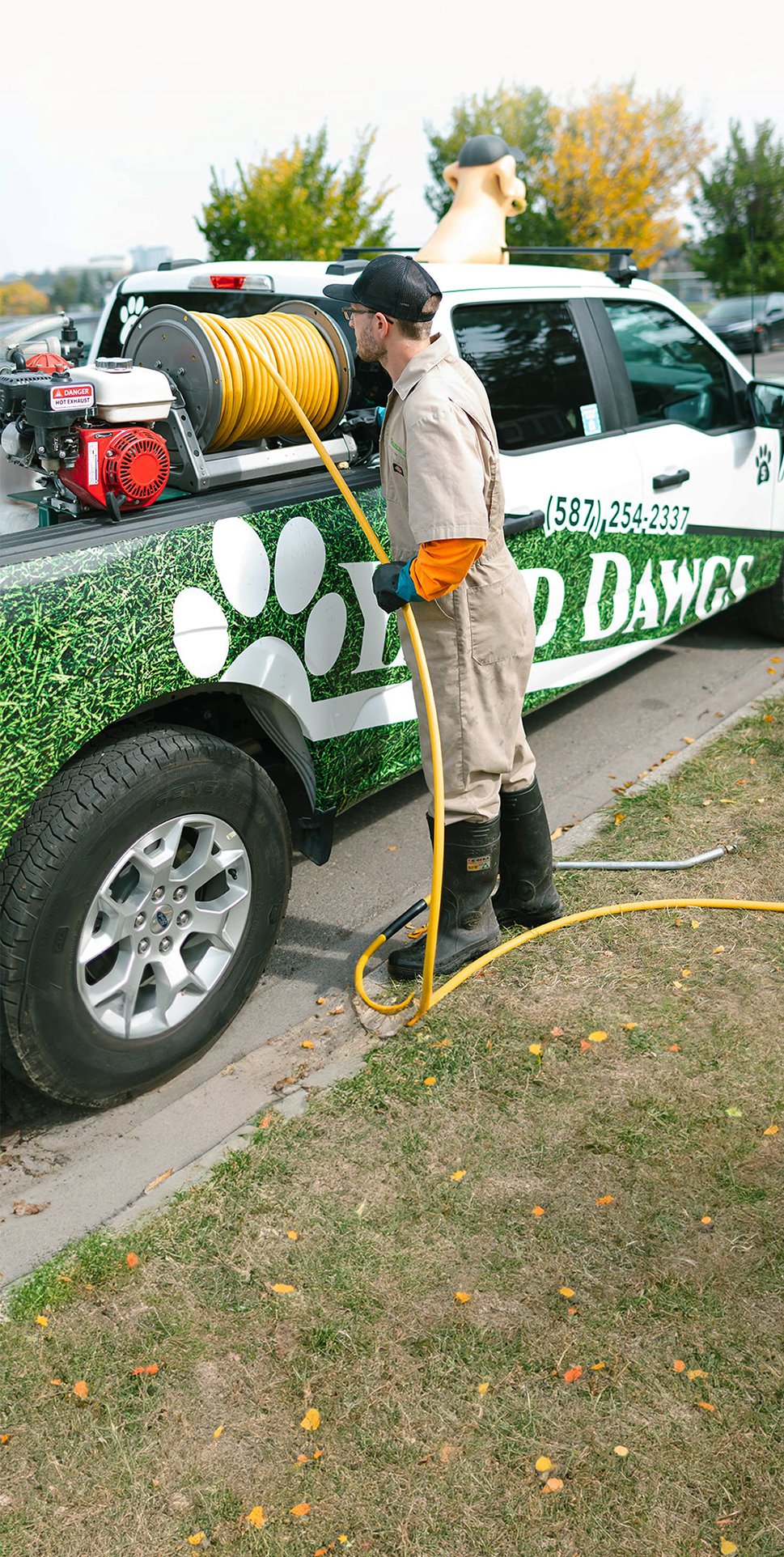Dandelions are one of the most persistent and frustrating weeds for homeowners. While their yellow flowers might look harmless, these broadleaf weeds can quickly spread and take over your lawn. The challenge is removing them effectively without harming the healthy grass you want to protect.
Thankfully, with the right approach, you can control dandelions and keep your lawn green and lush. Below, we explore proven methods that help you get rid of dandelions without damaging your lawn.

Understanding the Dandelion Problem
Before you can tackle dandelions, it helps to understand why they are so difficult to remove. Dandelions have deep taproots that allow them to regenerate even if you remove most of the plant. A small piece of root left behind can grow into a new weed. These roots also store energy, allowing the weed to come back stronger than before.
In addition, dandelions produce thousands of seeds that easily float on the wind and settle into any available space. Without intervention, they can multiply rapidly.
Manual Removal: The Natural Approach
Use a Dandelion Weeder
A specialized dandelion weeder is designed to reach deep into the soil and extract the entire root. These tools work best when the soil is moist. Water the area the day before or after a light rain to make removal easier.
Remove the Whole Root
Always make sure to remove as much of the root as possible. Leaving even a small piece on the ground can allow the dandelion to regrow. Twist the weeder gently and pull the plant out slowly to avoid breaking the root.
Follow Up with Reseeding
After pulling dandelions, the soil may be left with small bare patches. Reseed these areas with grass seed to prevent new weeds from taking over. Healthy, thick turf will naturally crowd out future dandelions.
Spot-Treating With Herbicides
If you prefer to use herbicides, choose products that target broadleaf weeds without harming grass. Look for selective herbicides labeled safe for lawns.
Apply at the Right Time
Herbicides are most effective when dandelions are actively growing. Apply in early spring before flowering or in the fall when the plant is storing nutrients in the root. Avoid applying during extreme heat or drought to prevent stressing your lawn.
Avoid Overuse
Only spray affected areas to reduce the risk of harming the surrounding grass. Avoid blanket applications unless your lawn is heavily infested.
Water and Wait
After applying the herbicide, allow the product to work for several days. Avoid mowing or watering immediately after treatment, as this can reduce effectiveness. Follow the instructions on the product label carefully.
Natural Alternatives to Chemicals
For homeowners looking for eco-friendly solutions, several natural options are available that can help control dandelions.
Boiling Water
Pouring boiling water directly onto dandelions can kill them. This method works well for driveways, walkways, or edges of lawns, but can also harm grass, so use with caution.
Vinegar Solution
Household vinegar can be sprayed on dandelions to damage the leaves. However, vinegar rarely kills the root, so repeated applications are often needed. Mix vinegar with a few drops of dish soap to help it stick to the plant.
Corn Gluten Meal
Corn gluten meal is a natural pre-emergent herbicide that prevents dandelion seeds from germinating. It is safe for lawns and provides added nitrogen, helping your grass grow stronger.
Improve Lawn Health to Prevent Regrowth
One of the best long-term strategies for managing dandelions is to improve the health of your lawn. A thick, vibrant lawn naturally resists weed growth.
Mow High and Often
Cutting your grass higher encourages deep root growth and helps shade the soil, making it harder for dandelion seeds to take hold. Aim to mow no shorter than 2.5 to 3 inches.
Water Deeply and Infrequently
Shallow watering encourages weak root systems, which make your lawn more vulnerable to weeds. Water deeply about once a week, allowing the soil to dry between waterings.
Fertilize Appropriately
Apply the right fertilizer for your grass type and region. A well-fed lawn is more likely to outcompete dandelions. Spring and fall are key times to fertilize for optimal results.
Aerate the Lawn
Compacted soil limits healthy grass growth and gives weeds an advantage. Aerating your lawn once or twice a year allows air, water, and nutrients to penetrate the soil more easily.
When to Call in the Pros
If dandelions have taken over your yard and manual efforts are no longer enough, professional lawn care may be the best solution. Experts have access to advanced tools and treatments that are both effective and safe for your lawn.
They can also develop a customized plan to strengthen your grass and prevent future weed outbreaks.
Let Yard Dawgs Help You Take Back Your Lawn
Tired of battling dandelions on your own? Let Yard Dawgs handle the hard work for you. With expert service and proven weed control strategies, you can enjoy a clean, healthy lawn all season long.


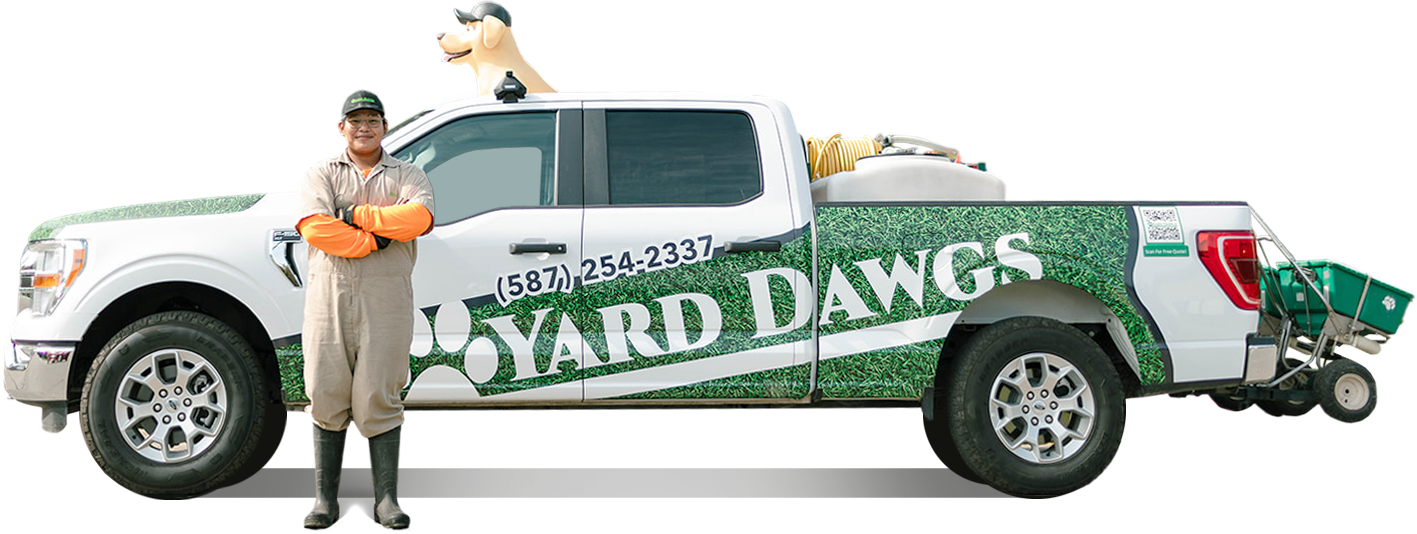


.png)
